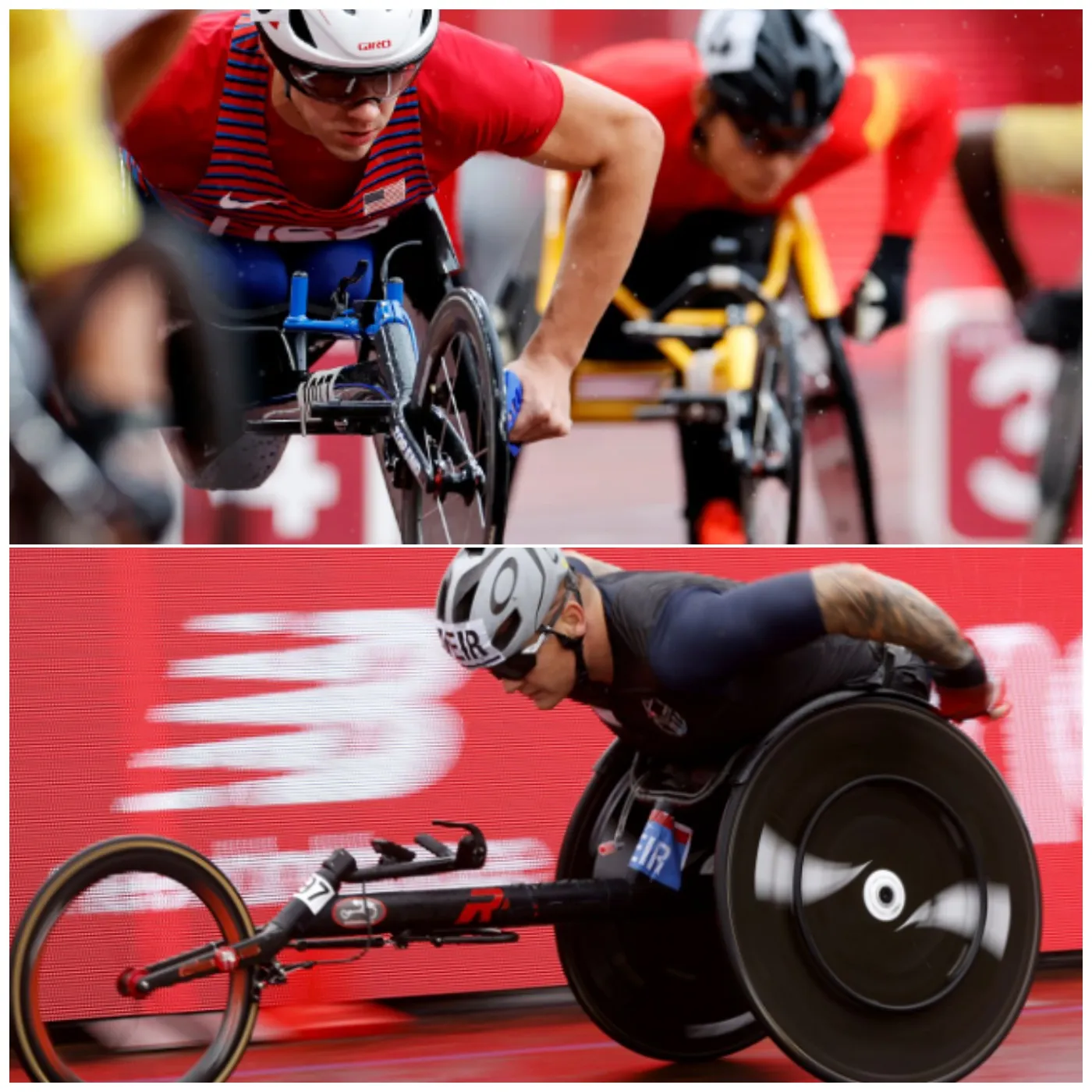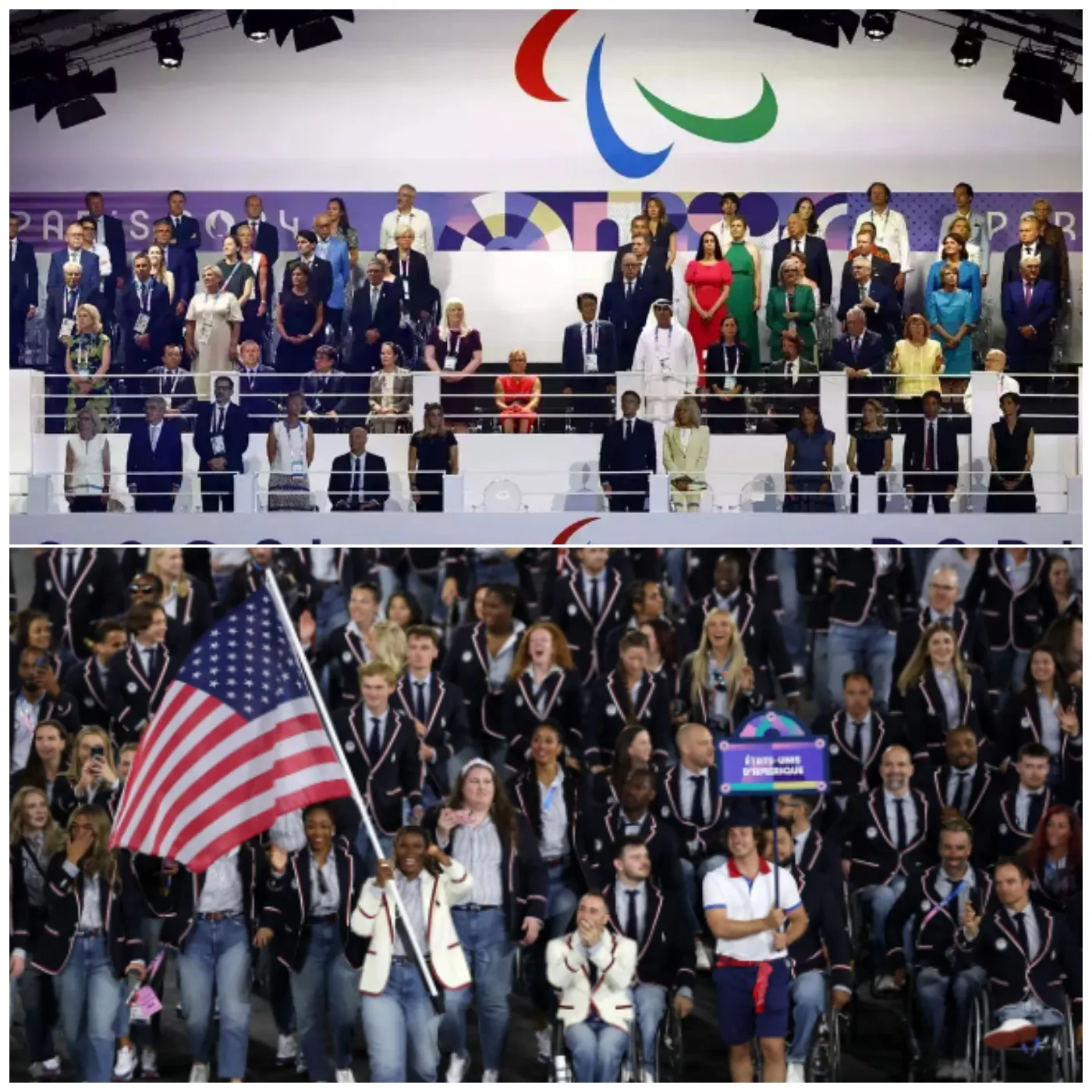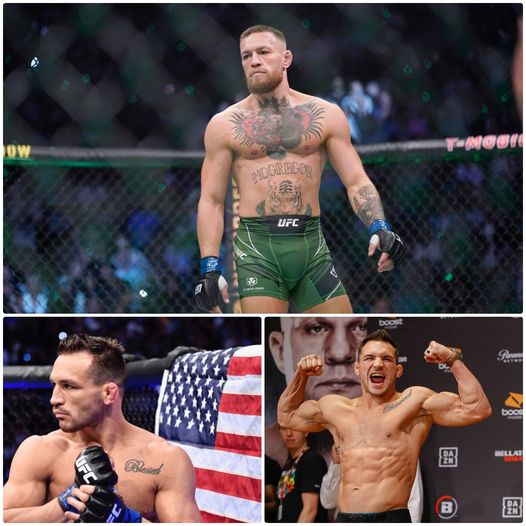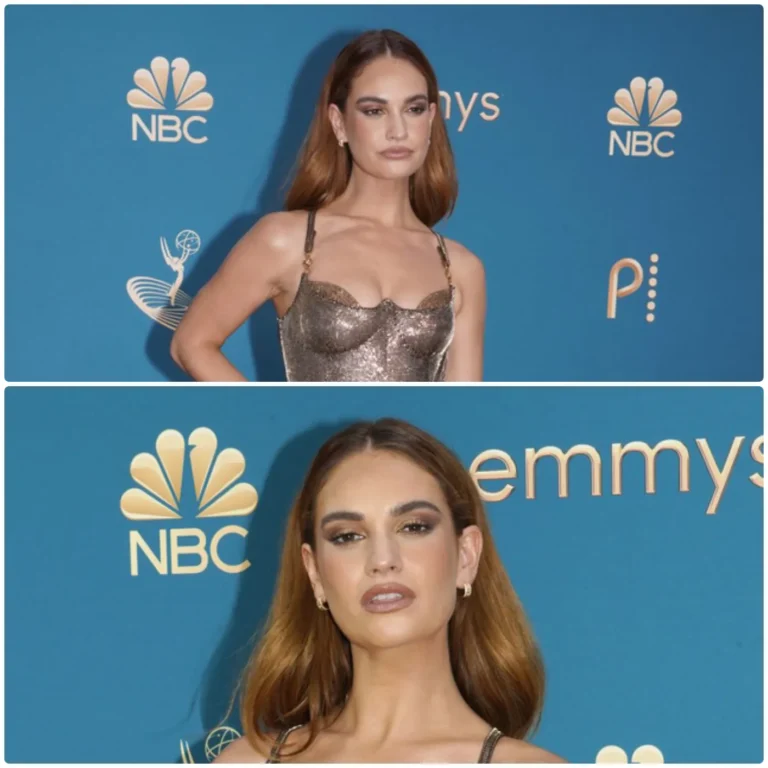
The 2024 Paralympics, which kicked off with its opening ceremony on Wednesday, highlights both progress and ongoing challenges in the quest for greater visibility and coverage. Despite significant advancements, the Paralympics still lags behind the Olympic Games in media exposure and public recognition.

Increased Coverage for the Paralympics
This year marks a notable improvement in media coverage for the Paralympics. All 22 sports will be streamed live on Peacock in the United States, a significant increase from the 12 sports covered during the 2012 London Games. Craig Spence, Chief Brand and Communications Officer for the International Paralympic Committee, acknowledges the progress: “We’re seeing more coverage than ever before.”
Athletes’ Views on Media Exposure
Steve Serio, captain of Team USA’s wheelchair basketball team and a flagbearer during the opening ceremony, expresses cautious optimism about these improvements. Although the inclusion of the gold medal game in network television remains a goal, Serio is hopeful about the increased visibility. He reflects on the past and emphasizes the need for more awareness and coverage, noting the impact it would have on aspiring athletes.
Swimmer McKenzie Coan shares similar sentiments. Recalling the positive influence of Paralympic athletes’ billboards from the 2012 London Games, Coan hopes that the Paris Paralympics will further elevate the profile of athletes, setting the stage for the 2028 Summer Games in Los Angeles.

Challenges Faced by Paralympic Athletes
Para-taekwondo athlete Evan Medell points out that while the U.S. Olympic and Paralympic Committee (USOPC) has made strides towards parity, there is still work to be done. Medell’s journey into para-taekwondo was serendipitous, discovering the sport only after competing with able-bodied athletes. He advocates for increased pressure on national governing bodies to ensure fair treatment for all athletes.
Balancing work and training remains a significant challenge for many Paralympic athletes. Medell, who previously worked as a welder, often avoids discussing his competition schedule with employers due to the risk of jeopardizing job opportunities.
Scheduling and Visibility Issues
The gap between the Olympics and the Paralympics presents a visibility challenge. While simultaneous events would be logistically complex and costly, Spence suggests that an earlier start for the Paralympics could serve as a “warm-up” for the Olympics. Despite the challenges, Spence emphasizes that going second does not diminish the Paralympics’ importance and that the upcoming four years are crucial for making a breakthrough in U.S. Paralympic history.
The Road Ahead
As the Paralympics continue to evolve, the goal remains to achieve the visibility and recognition that have long eluded it. The 1996 Atlanta Games did not yield the anticipated impact, and current athletes like Serio and Medell feel the effects of this. Spence is determined that the next few years will be pivotal in achieving the advancements that the Paralympic movement has sought for decades.
“We can’t afford an Atlanta,” Spence says. “It’s really important that we make the breakthrough in this country that we wanted to achieve 20, 30 years ago.”
For more updates and coverage on the Paralympics, stay tuned as athletes strive for greater recognition and support on the global stage.






